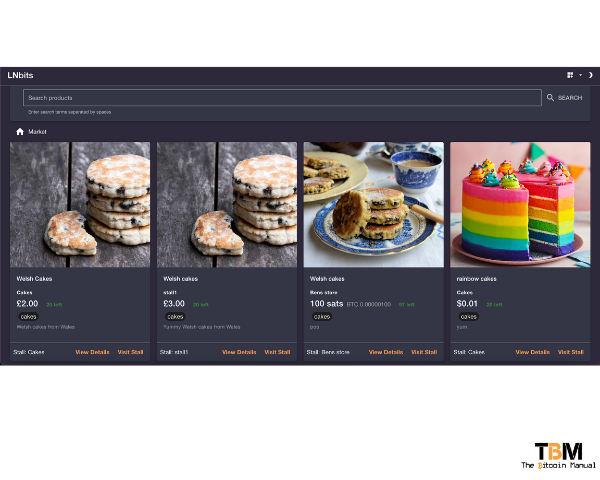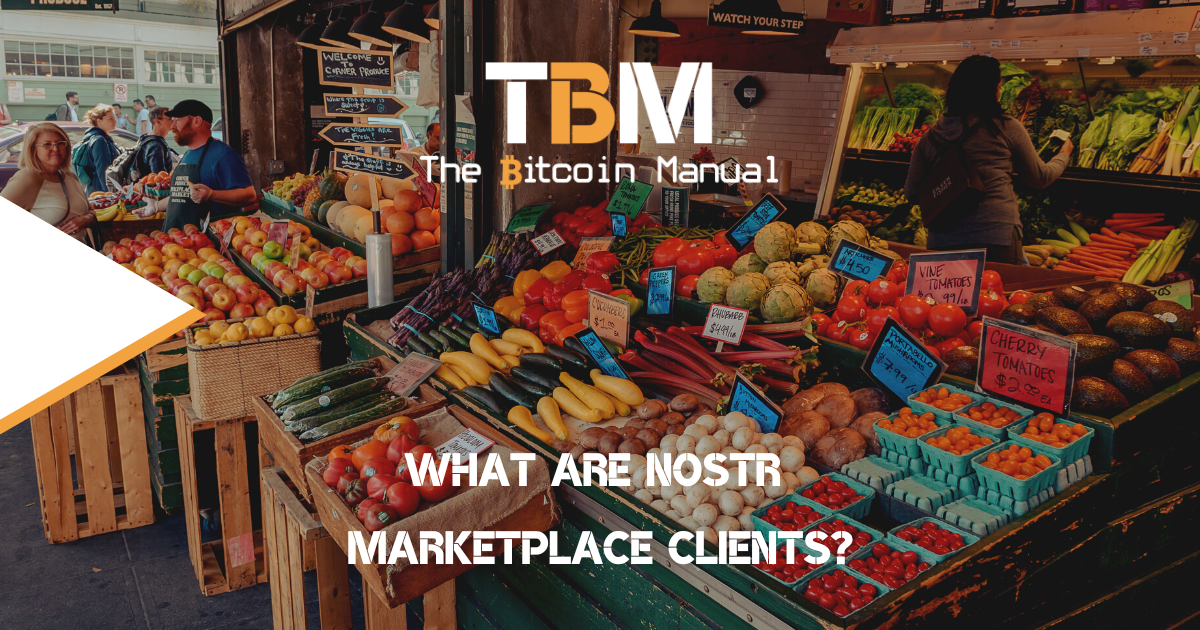Social media allows us to connect with friends, family and even strangers with common interests. As more people began to congregate on these websites, brands and marketers like me took it upon ourselves to ensure that social media users couldn’t simply have fun; users had to also see ads and be strategically prompted to buy something.
Social media marketers and brands employ a type of pester power, like a nagging toddler pulling at your coattails to look at the latest toy or sugary candy. The modern-day social media feed is, but three thumb scrolls away from the next ad, but there needs to be a balance between ads and content, or users will see through it.
Social media can quickly devolve into so-shill media, where it becomes less about conversation and engagement and more about who can shout the loudest to get your attention like a 1950s paper boy, which is basically what Instagram has become today.
Despite how annoying ads and influencers are, social selling is big business and will continue.
Social selling and eCommerce
Social selling is when an individual or a brand uses a social media channel to connect with prospects, develop a connection with them and engage with potential leads. The tactic can help businesses reach their sales targets.
Social selling is a modern relationship-building and customer profiling process; as you post content and engage with users on a certain topic, you attract followers interested in learning about it, staying up to date on the latest trends and possibly having a strong buyer’s interest.
As you build up a following, you can add monetisation-style posts into your content strategy. Connecting with potential customers on social media can help your brand remain top of mind when a user is ready to make a purchase. And it can replace outdated relationship-building and sales strategies like cold calling!
While all social media sites have someone trying to sell you goods and services, specific social media sites have embraced the social selling model and made it a native experience. Facebook so far has had the best attempt at this, offering up Facebook marketplace as a way for informal traders to post product posts and classified ads. While Facebook, Instagram and Pinterest have methods of connecting your eCommerce website to your profile for enriched product tagging.
The hidden costs of social selling.
The modern social media ecosystem is only beginning to embrace eCommerce and social selling. As more people purchase from or inside social media, this behaviour becomes normalised, but at what costs?
Social media sites have created a global marketplace for attention, but it is challenging to crack as a seller, with several intermediaries ready to nibble at your margins.
As a seller on Instagram, Facebook or Instagram, I can try posting on my organic feed. Still, since I have no control over my followers seeing it in their feed, chances are very few will see it, and even fewer will convert.
- I would need a social media budget to promote my product or collaborate with an influencer to try and get more eyeballs on my product.
- Then I would need a payment processor to handle the credit card, debit card or any other payment method other than cash on delivery or bank deposit. The payment processor then holds the funds and takes their fees.
These costs are unavoidable and need to be baked into the product’s pricing so you pass it on to the customer because you can’t afford to eat the losses as a business.
Your selling online also keeps users on social media sites longer, you generate revenue through the ads you spend, and you create a wealth of data points for social media sites to mine on what products convert, what users convert and the type of products they are willing to engage with. This close-funnel data is very valuable, and you’re not getting compensated for the data you’re creating for these sites.
In fact, they are charging you inside the ad model to pay for access to the data points you created.
While we can complain about the state of social selling today, if it’s the only game in town, we can only do something about it once a competitor comes along?
What if you could have your social selling set up and a payment processor that you host yourself? What if you had a social media platform where you always had access to all your followers? Wouldn’t that make for a robust platform that illuminates cost and makes things cheaper for the consumer?
Marketplace clients could be that option.
What are marketplace clients?
Nostr Marketplaces is a new NIP merged into the protocol, allowing for eCommerce-enabled events. As nostr is a protocol, all it does is relay data, and that data can be marked up in different ways; your standard event you would regularly use for short-form content or the long-form content (NIP23) event are examples.
NIP15 is an event that holds additional data and text fields, such as price, merchant, product id, quality, image, and product description. All the elements needed to generate an eCommerce product detail page. Any client that is NIP15 compatible can read these events from relays and display these eCommerce posts in a method of their choosing.
Marketplace software is entirely clientside and can be run either as a stand-alone app, as a frontend webpage or be part of a more prominent client that lists multiple retailers. A stall has a keypair it uses to register itself to index and sign invoices. That key pair isn’t related to any Lightning Network keypair; it’s independent.
Customers subscribe to different merchant Nostr public keys, and those merchants’ stalls and products become listed and searchable. The marketplace client is like any other eCommerce site; with a basket and checkout, users can enjoy the traditional eCommerce payment flow and settle their bill in Bitcoin on the Lightning Network since this NIP was based on the Diagon Alley LNBits extension.
Marketplace stall owners may include a customer support area to communicate directly with merchants through Nostrs NIP04 Direct Messaging service.

What is Diagon Alley?
Diagon Alley is a decentralised market-stall protocol that shifts the emphasis from the frontend market to the merchant’s stall. If a frontend market (indexer) gets taken down, merchants just point their stalls elsewhere. Users can create eCommerce product pages and sell them directly on a website or social media site, with all the payments handled on the Lightning network and hosted by your own node.
Note: If you’re looking for a detailed tutorial on how to set up a Nostr marketplace, check out the guide below called Start your NOSTR-Market with LNbits.
Marketplaces in different spaces.
Now you’re probably asking, what’s the big deal? If Facebook and all the other social media sites already have these services available and have a more extensive network effect, why would anyone bother with Nostrs eCommerce and social selling?
Well, you’re right; most people trust traditional social media and will continue to use it every day, and while these sites have that going for them, there are some clear limitations.
When you set up eCommerce-enabled posts on social media, you need to set up data feeds from your website, have these CSV files updated, or have a third-party or first-party API connection with each platform and then feed in your data and check that each platform understands the feed.
In nostr, since an eCommerce post is an established event, it’s up to clients to enable reading these events. You can create your eCommerce product posts on your public key, and promote them on your site or on your account, while other clients will have to decide how they display them.
An example would be a client could have a tab for “products” and showcase your feed there. Other clients could allow you to embed your product’s note ID into posts so that when you mention a product, you can tag it and drive users from discussions into eCommerce funnels.
Users and influencers could also tag third-party product listings in their posts as long as they know the ID. If clients make products searchable by name and vendor, it will make it very easy to tag products when making posts, and opening up affiliate programs.
Nostr embraces bCommerce.
Since nostr is Lightning native, it also embraces bCommerce or Bitcoin eCommerce to settle payments. While products can be priced in satoshis or fiat currency, the settlement will remain on Lightning, ensuring that payment is instant and costs are kept low on payment processing, which can be passed onto customers via discounts or lower prices.
You can now sell to a global audience; the audience can even see products in their native currency and settle via Bitcoin, so if you do ship internationally or sell digital products, you now open up cheaper payment processing worldwide.
Marketplaces lay the foundation for the nostr ad network.
One concern I’ve seen with Nostr is how clients will monetise and generate regular income, and nostr marketplaces could be the answer to a viable revenue stream.
If I am a brand or business looking to reach users after I’ve listed all my products, I could look to the wider nostr ecosystem for advertising inventory.
- I could pay clients to showcase my products on the mention of specific hashtags or keywords.
- I could purchase spots in client feeds for every 5th placement to show my product listing to a particular audience.
- I could purchase banner space on the homepage of a client.
- I could buy dynamic ad spots on mobile iOS/Android clients.
- Clients could have a product feed/marketplace section with promoted spots.
Do your own research.
If you want to try out Nostr or learn more about it, we recommend checking out the following resources to kickstart your research.
Are you on Nostr?
If you are a Nostr user and want to hang out and chat with us or follow our content on your preferred Nostr front end, feel free to add us using our PubKey below and send us a Zap if you’ve got sats to spare.
npub10mxnle348mzv2dnj0ylgz3zu9gceenc29x9fr4m6mnars66j7vxsnkn8mj
The Bitcoin Manual’s Nostr Pubkey
Please give us your notes.
If you have used Nostr, which client do you prefer and why? Are there any clients that you think deserve mention? Let us know in the comments down below.




